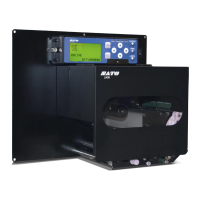What to do if SATO M-8485Se Printer Accessories does not come up ready after print server installation?
- JJoshua SalazarSep 9, 2025
If your SATO Printer Accessories doesn't become ready after installing the print server, the print server firmware might not have loaded correctly. If you see the boot prompt, try reloading the firmware.





